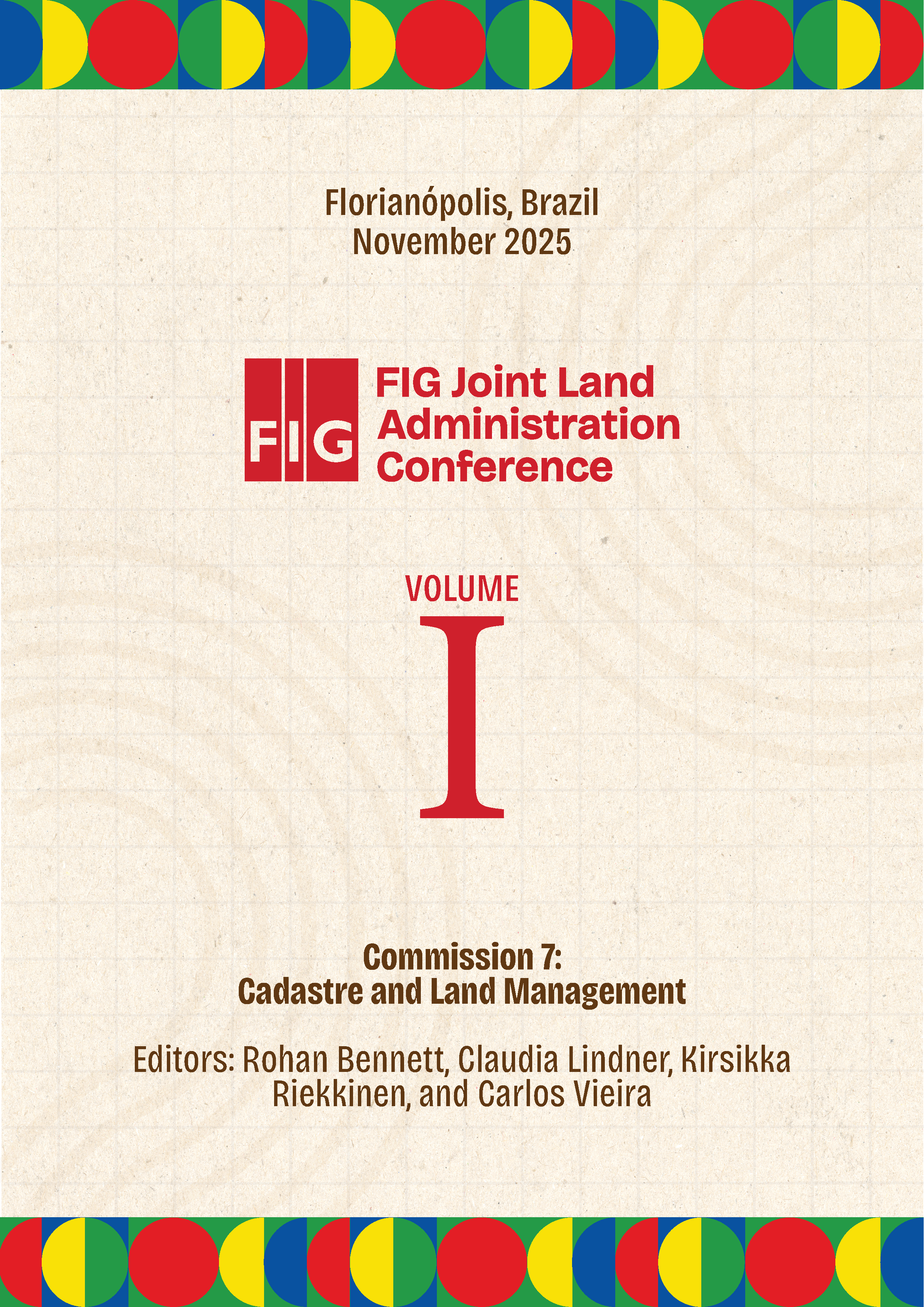The Role of Digital Transformation for Integrated
Mots-clés :
land administration, digitalisation, integrated land managementRésumé
Land rights, restrictions and responsibilities are closely linked to land management in general and spatial planning in particular. Both systems - land tenure and land use planning - involve the distribution, regulation and use of land resources, but they usually operate through different processes and are influenced by different policies, institutions and legal frameworks. In many contexts, institutions that document and disseminate information on land tenure, typically cadastral offices and land registries, and institutions that deal with land use planning, typically planning authorities, operate in silos. Weak governance structures and poor institutional coordination of land tenure and land use planning can lead to inefficient processes, ineffective enforcement and poor community support, and even conflict due to inconsistencies. The advent of digital transformation offers significant opportunities to overcome these silos and strengthen linkages, improving efficiency, transparency and decision-making processes. The paper hooks onto earlier works of the joint FIG Commission 7 and Commission 8 Working Group 7.6/8.4 on Integrated Land Management and refers to the previously presented conceptual framework to assess these linkages and to identify the role of digitalisation and digital transformation in this context. The main categories relate to I) Institutions and governance; II) Legal framework and policy; and III) Data and technology.The case studies from Mexico and Brazil are contextualised and evaluated alongside general developments on the Latin American continent. Data were collected through a literature review and semi-structured interviews with key experts in both countries. The findings shed light on the three lenses of the conceptual framework and emphasise the relevance of digitalisation in implementing integrated land management. The preliminary results show that in practice digitisation is a balancing act between internal and external forces on the one hand and gradually manoeuvring between what is technically possible and operationally feasible on the other hand. Internal forces hindering major transformations in day-to-day workflows concern vested interests of professional standards and practices, as well as internal territorial or functional mandates. External influences generally concern advocacy agencies with their own information systems and indicator systems which are largely incompatible with existing internal ones. This paper concludes with a discussion on potential use cases and different user perspectives on integrated land management.


